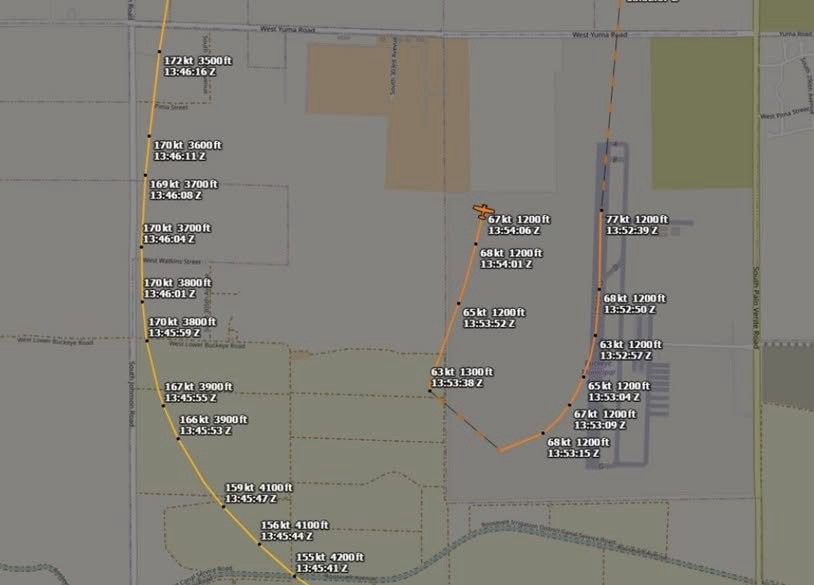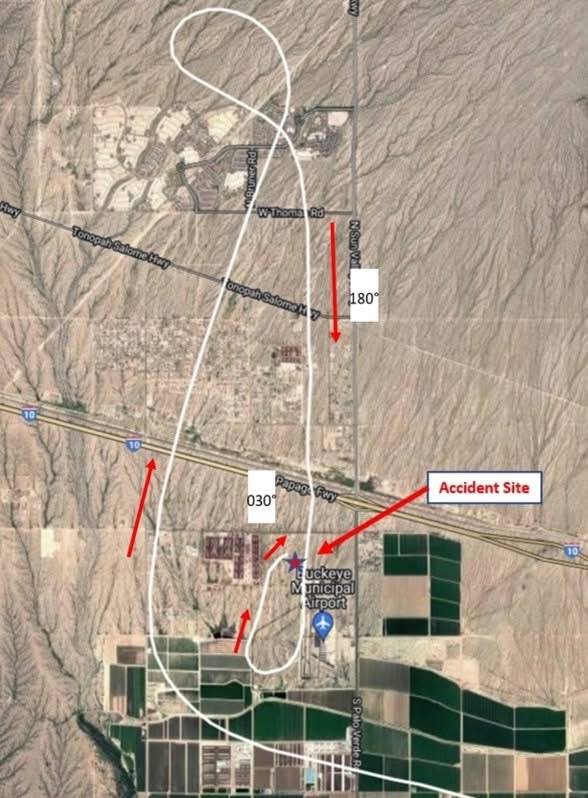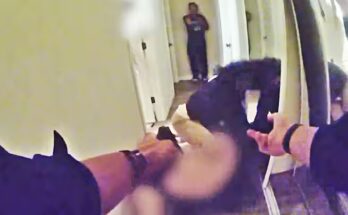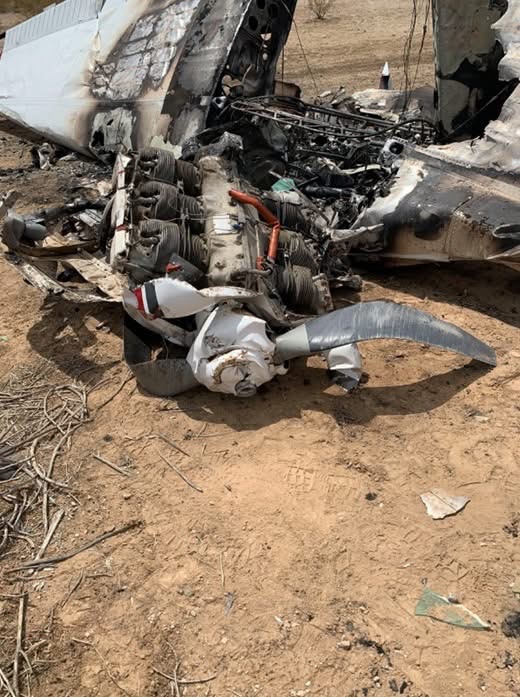
*** Final Report ***
N13AR Beech E35 Buckeye Arizona 18 JUN 2022
2 Fatal
Pilot Flight Time:
Student – 55 hours (Total, all aircraft), 0.5 hours (Total, this make and model)
The flight instructor’s logbooks were not located during the investigation and his experience in the make and model of aircraft could not be determined. The student pilot’s logbook contained only one entry indicating the student pilot had operated the airplane prior to the accident. The entry stated the student pilot and the flight instructor attempted to fly together in the accident airplane on June 11, 2022. The entry indicated the student pilot logged 0.5 hours of dual instruction received. The entry also stated “Flight with intention of taking off, lost coms holding short.” The entry was signed by the flight instructor.

The flight instructor and student pilot departed the airport where the airplane was based and proceeded to another airport, flying a flight profile consistent with flight training. They flew one straight-in approach to a low approach over the runway, about 200 ft above ground level (AGL). Following the low approach, the airplane made a right turn to downwind about midway down the runway. The airplane did not climb during the turn or after it was established on downwind. It remained 200-300 ft AGL and maintained airspeed at or near the 45° bank no-flap stall speed. The airplane then angled towards the extended runway centerline and began a turn to final shortly after passing abeam the runway threshold. The airplane subsequently impacted terrain in the turn and short of the runway. A postimpact fire ensued and the airplane was destroyed. There were no witnesses to the accident.
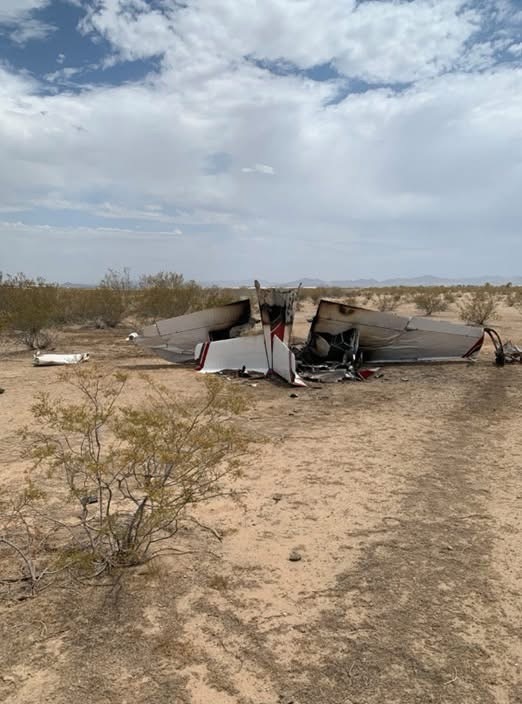
The airplane impacted terrain in a near-vertical and left-wing-low attitude, consistent with impact following a stall. Postaccident examination of the wreckage and engine revealed no preimpact anomalies and damage to the propeller blades was consistent with the engine producing power at the time of impact. The flaps were found in the retracted position, contrary to normal landing procedures that specify the flaps should be extended.
The airplane was flown in a non-standard traffic pattern at an unusually low altitude that positioned the airplane closer to the runway than normal during the final turn. Additionally, the airplane flaps were found in the retracted position. It could not be determined why the non standard traffic pattern was flown or why the flaps were retracted, but both conditions increased the susceptibility of an accelerated stall during the turn to final. It was not determined which pilot was manipulating the controls at the time of the accident, but the evidence indicates the pilot flying maneuvered the airplane such that an accelerated stall occurred. The flight instructor was responsible for the safe operation of the airplane, but he did not ensure proper airspeed or bank control during the turn to final.

Probable Cause and Findings:
The pilots’ failure to climb and complete a normal traffic pattern after making a low approach and their failure to extend the flaps for reasons that could not be determined, and the flight instructor’s failure to ensure adequate airspeed and bank control during the turn to final approach, which resulted in an accelerated stall.

